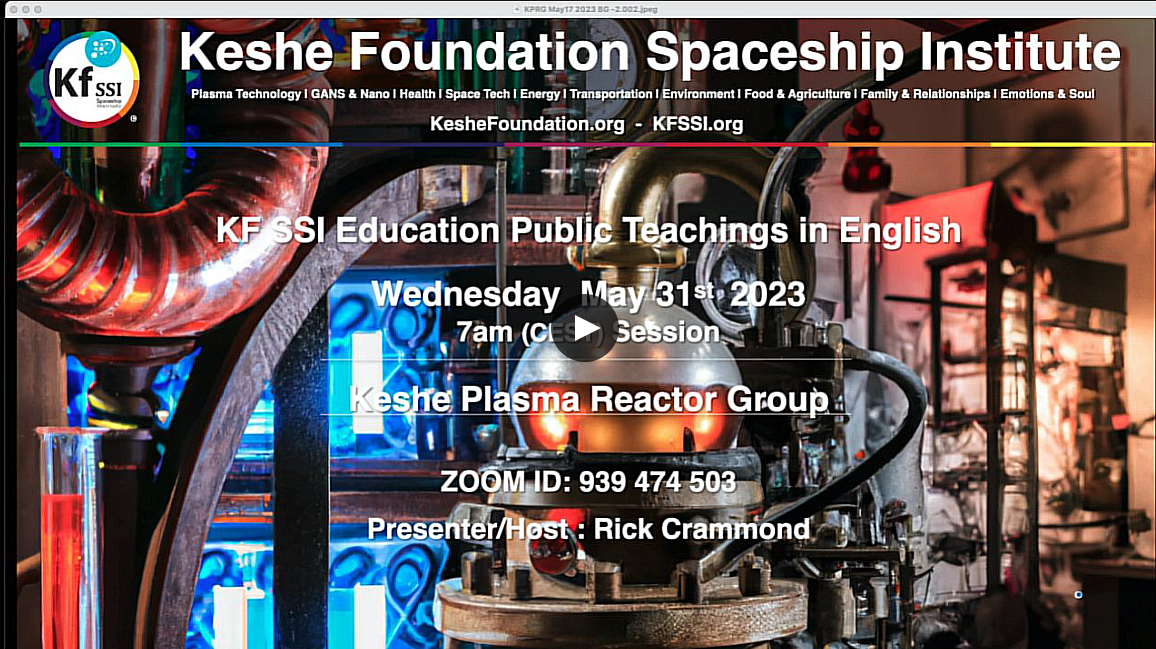
Bhavachakra: The Wheel of life
by Jedi Simon
( from wiki )
The bhavacakra (Sanskrit: भवचक्र; Pāli:
bhavacakka; Tibetan: སྲིད་པའི་འཁོར་ལོ, Wylie: srid pa'i 'khor lo) is a
symbolic representation of saṃsāra (or cyclic existence). It is found on the
outside walls of Tibetan Buddhist temples and monasteries in the
Indo-Tibetan region, to help non Buddhists understand Buddhist teachings. It
is used in Indian Buddhism and Tibetan Buddhism.
Etymology
Bhavachakra, "wheel of life,"[a] consists of the words bhava and cakra.
bhava (भव) means "being, worldly existence, becoming, birth, being,
production, origin".
In Buddhism, bhava denotes the continuity of becoming (reincarnating) in one
of the realms of existence, in the samsaric context of rebirth, life and the
maturation arising therefrom. It is the tenth of the Twelve Nidanas, in its
Pratītyasamutpāda doctrine
The word Chakra (चक्र) derives from the Sanskrit word meaning "wheel," as
well as "circle" and "cycle".
The word chakra is used to mean several different things in the Sanskrit
sources:
"Circle," used in a variety of senses, symbolising endless rotation of
shakti.
A circle of people. In rituals, there are different cakrasādhanās in which
adherents assemble and perform rites. According to the Niruttaratantra,
chakras in the sense of assemblies are of 5 types.
The term chakra is also used to denote yantras (mystic diagrams), variously
known as trikoṇa-cakra, aṣṭakoṇa-cakra, etc.
Different nerve plexuses within the body.
Legend has it that the historical Buddha himself created the first depiction
of the bhavacakra, and the story of how he gave the illustration to King
Rudrāyaṇa appears in the anthology of Buddhist narratives called the
Divyāvadāna.
Explanation of the diagram
The bhavachakra is painted on the outside walls of nearly every Tibetan
Buddhist temple in Tibet and India, to instruct non-monastic audience about
the Buddhist teachings.
Elements of the bhavachakra
Bhavachakra.jpg
The bhavachakra consists of the following elements:
The pig, rooster and snake in the hub of the wheel represent the three
poisons of ignorance, attachment and aversion.
The second layer represents karma.
The third layer represents the six realms of samsara.
The fourth layer represents the twelve links of dependent origination.
The fierce figure holding the wheel represents impermanence. It is also Yama,
the god of death.
The moon above the wheel represents liberation from samsara or cyclic
existence.
The Buddha pointing to the white circle indicates that liberation is
possible.
Symbolically, the three inner circles, moving from the center outward, show
that the three poisons of ignorance, attachment, and aversion give rise to
positive and negative actions; these actions and their results are called
karma. Karma in turn gives rise to the six realms, which represent the
different types of suffering within samsara.
The fourth and outer layer of the wheel symbolizes the twelve links of
dependent origination; these links indicate how the sources of suffering
that the three poisons and karma produce live within cyclic existence.
The fierce being holding the wheel represents impermanence; this symbolizes
that the entire process of samsara or cyclic existence is impermanent,
transient, constantly changing. The moon above the wheel indicates
liberation. The Buddha is pointing to the moon, indicating that liberation
from samsara is possible.
Hub of painting depicting pig snake and bird
Three poisons
Hub: the three poisons
In the hub of the wheel are three animals: a pig, a snake, and a bird. They
represent the three poisons of ignorance, aversion, and attachment,
respectively. The pig stands for ignorance; this comparison is based on the
Indian concept of a pig being the most foolish of animals, since it sleeps
in the dirtiest places and eats whatever comes to its mouth. The snake
represents aversion or anger; this is because it will be aroused and strike
at the slightest touch. The bird represents attachment (also translated as
desire or clinging). The particular bird used in this diagram represents an
Indian bird that is very attached to its partner. These three animals
represent the three poisons, which are the core of the bhavacakra. From
these three poisons, the whole cycle of existence evolves.
In many drawings of the wheel, the snake and bird are shown as coming out of
the mouth of the pig, indicating that aversion and attachment arise from
ignorance. The snake and bird are also shown grasping the tail of the pig,
indicating that they in turn promote greater ignorance.
Under the influence of the three poisons, beings create karma, as shown in
the next layer of the circle.
Second layer: karma
The second layer of the wheel shows two-half circles:
One half-circle (usually light) shows contented people moving upwards to
higher states, possibly to the higher realms.
The other half-circle (usually dark) shows people in a miserable state being
led downwards to lower states, possibly to the lower realms.
These images represent karma, the law of cause and effect. The light
half-circle indicates people experiencing the results of positive actions.
The dark half-circle indicates people experiencing the results of negative
actions.
Ringu Tulku states:
We create karma in three different ways, through actions that are positive,
negative, or neutral. When we feel kindness and love and with this attitude
do good things, which are beneficial to both ourselves and others, this is
positive action. When we commit harmful deeds out of equally harmful
intentions, this is negative action. Finally, when our motivation is
indifferent and our deeds are neither harmful or beneficial, this is neutral
action. The results we experience will accord with the quality of our
actions.
Propelled by their karma, beings take rebirth in the six realms of samsara,
as shown in the next layer of the circle.
Third layer: the six realms of samsara
Main article: Six Paths
See also: Desire realm and Saṃsāra (Buddhism) § Realms of rebirth
The third layer of the wheel is divided into six sections that represent the
six realms of samsara, or cyclic existence, the process of cycling through
one rebirth after another. These six realms are divided into three higher
realms and three lower realms. The wheel can also be represented as having
five realms, combining the God realm and the Demi-god realm into a single
realm.
The three higher realms are shown in the top half of the circle:
God realm (Deva): the gods lead long and enjoyable lives full of pleasure
and abundance, but they spend their lives pursuing meaningless distractions
and never think to practice the dharma. When death comes to them, they are
completely unprepared; without realizing it, they have completely exhausted
their good karma (which was the cause for being reborn in the god realm) and
they suffer through being reborn in the lower realms.
Demi-god realm (Asura): the demi-gods have pleasure and abundance almost as
much as the gods, but they spend their time fighting among themselves or
making war on the gods. When they make war on the gods, they always lose,
since the gods are much more powerful. The demi-gods suffer from constant
fighting and jealousy, and from being killed and wounded in their wars with
each other and with the gods.
Human realm (Manuṣya): humans suffer from hunger, thirst, heat, cold,
separation from friends, being attacked by enemies, not getting what they
want, and getting what they don't want. They also suffer from the general
sufferings of birth, old age, sickness and death. Yet the human realm is
considered to be the most suitable realm for practicing the dharma, because
humans are not completely distracted by pleasure (like the gods or demi-gods)
or by pain and suffering (like the beings in the lower realms).
The three lower realms are shown in the bottom half of the circle:
Animal realm (Tiryagyoni): wild animals suffer from being attacked and eaten
by other animals; they generally lead lives of constant fear. Domestic
animals suffer from being exploited by humans; for example, they are
slaughtered for food, overworked, and so on.
Hungry ghost realm (Preta): hungry ghosts suffer from extreme hunger and
thirst. They wander constantly in search of food and drink, only to be
miserably frustrated any time they come close to actually getting what they
want. For example, they see a stream of pure, clear water in the distance,
but by the time they get there the stream has dried up. Hungry ghosts have
huge bellies and long, thin necks. On the rare occasions that they do manage
to find something to eat or drink, the food or water burns their neck as it
goes down to their belly, causing them intense agony.
Hell realm (Naraka): hell beings endure unimaginable suffering for eons of
time. There are actually eighteen different types of hells, each inflicting
a different kind of torment. In the hot hells, beings suffer from unbearable
heat and continual torments of various kinds. In the cold hells, beings
suffer from unbearable cold and other torments.
Among the six realms, the human realm is considered to offer the best
opportunity to practice the dharma. In some representations of the wheel,
there is a buddha or bodhisattva depicted within each realm, trying to help
sentient beings find their way to nirvana.
Outer rim: the twelve links
Outer rim of the Bhavacakra whe annotated with numbers for each of the
twelve links
The outer rim of the wheel is divided into twelve sections that represent
the Twelve Nidānas. As previously stated, the three inner layers of the
wheel show that the three poisons lead to karma, which leads to the
suffering of the six realms. The twelve links of the outer rim show how this
happens—by presenting the process of cause and effect in detail.
These twelve links can be understood to operate on an outer or inner level.
On the outer level, the twelve links can be seen to operate over several
lifetimes; in this case, these links show how our past lives influence our
current lifetime, and how our actions in this lifetime influence our future
lifetimes.
On the inner level, the twelve links can be understood to operate in every
moment of existence in an interdependent manner. On this level, the twelve
links can be applied to show the effects of one particular action.
By contemplating on the twelve links, one gains greater insight into the
workings of karma; this insight enables us to begin to unravel our habitual
way of thinking and reacting.
The twelve causal links, paired with their corresponding symbols, are:
Avidyā lack of knowledge – a blind person, often walking, or a person
peering out
Saṃskāra constructive volitional activity – a potter shaping a vessel or
vessels
Vijñāna consciousness – a man or a monkey grasping a fruit
Nāmarūpa name and form (constituent elements of mental and physical
existence) – two men afloat in a boat
Ṣaḍāyatana six senses (eye, ear, nose, tongue, body, and mind) – a dwelling
with six windows
Sparśa contact (of objects with the senses) – lovers consorting, kissing, or
entwined
Vedanā feeling – an arrow to the eye
Tṛṣṇa craving or thirst – a drinker receiving drink
Upādāna grasping or attachment – a man or a monkey picking fruit
Bhava coming to be – a couple engaged in intercourse, a standing, leaping,
or reflective person
Jāti being born – woman giving birth
Jarāmaraṇa old age and death – corpse being carried
The figure holding the wheel: impermanence
The wheel is being held by a fearsome figure who represents impermanence.
This figure is often interpreted as being Mara, the demon who tried to tempt
the Buddha, or as Yama, the lord of death.Regardless of the figure depicted,
the inner meaning remains the same–that the entire process of cyclic
existence (samsara) is transient; everything within this wheel is constantly
changing.
Yama has the following attributes:
He wears a crown of five skulls that symbolize the impermanence of the five
aggregates. (The skulls are also said to symbolize the five poisons.)
He has a third eye that symbolizes the wisdom of understanding impermanence.
He is sometimes shown adorned with a tiger skin, which symbolizes
fearfulness. (The tiger skin is typically seen hanging beneath the wheel.)
His four limbs (that are clutching the wheel) symbolize the sufferings of
birth, old age, sickness, and death.
The moon: liberation
Above the wheel is an image of the moon; the moon represents liberation from
the sufferings of samsara. Some drawings may show an image of a "pure land"
to indicate liberation, rather than a moon.
The Buddha pointing to the white circle: the path to liberation
The upper part of the drawing also shows an image of the Buddha pointing
toward the moon; this represents the path to liberation. While in Theravada
Buddhism this is the Noble Eightfold Path, in Mahayana Buddhism this is the
Bodhisattva path, striving to liberation for all sentient beings. In Tibetan
Buddhism, this is Lamrim, which details all the stages on the path, while
Zen has its own complicated history of the entanglement of meditation
practice and direct insight.
Inscription
Drawings of the Bhavacakra usually contain an inscription consisting of a
few lines of text that explain the process that keeps us in samara and how
to reverse that process.
Alternative interpretations
Theravada
The Theravada-tradition does not have a graphical representation of the
round of rebirths, but cakra-symbolism is an elementary component of
Buddhism, and Buddhaghosa's Path of Purification (Visuddhimagga) contains
such imagery:
It is the beginningless round of rebirths that is called the 'Wheel of the
round of rebirths' (saṃsāracakka). Ignorance (avijjā) is its hub (or nave)
because it is its root. Ageing-and-death (jarā-maraṇa) is its rim (or felly)
because it terminates it. The remaining ten links (of the Dependent
Origination) are its spokes (i.e. karma formations [saṅkhāra] up to process
of becoming [bhava]).
Addendum
( 2 )
Teaching
Keshe Plasma Reactor Group May 31st, 2023 Video Cut
Keshe Plasma Reactor Group May 31st, 2023 Audio Cut
Complete teaching https://livestream.com/kfssi/plasmagroup/videos/236399977 6 hours
Addendum
3
MEDIA VIOLENCE ANTIVIRUS COMMANDEMENTS
The "MEDIA COMMANDMENTS" TO STOP VIOLENCE CHANNELING THROUGH MEDIA AND THE
SPREADING OF THE
CROSS VIRUS “VIOLENCE” CREATED TO FEED THE EGREGORE.
Watch No TV violence, change channel.
Watch No internet violence, change web page.
Watch No game, do not let them implant in our memory violent examples that
you will practice later on.
Violence is a contagious illness that is spreading all over the world,
sustained by media asymptomatic carriers, and electronic devices that have
been filled up
with crossing viruses capable of attacking your bio system.
Do not give any attention to violent contents or allow them to entertain you.
Switch all devices off, if they are channeling infected contents.
Do not participate to any violent act.
Do not allow violent feelings, emotions and reactions to take place.
Purify yourself and Don’t look for violent contents, the infecting virus
absorbs greater sensations and stronger emotions as it infects your Body,
stop feeding it.
Decondition yourself rejecting the parasite that took control of your being.
Be in peace, even if you have to work hard and force yourself to purify your
Bios.
Practice meditation and concentration to remove dis harmonic thought and
trojans.
Win the battle against mental addiction and the need of conflicting
relationships or confrontation.
Equilibrate and harmonize yourself. Be Zen, and Do not fear solitude.
Disconnection from the False Matrix will give you a chance to rebirth.
Karma will take care, don’t react, leave it to the law of Harmony. Be in
control of yourself, do not let any external source feed your emotions. Be
there.
Time will cure your wounds, be patient and strong.
Stop watching the news and listening to horrors at given hours, or you will
feed the Egregore again, without knowing, and unconsciously letting it in
again.
Activate your third eye and practice the gifts of insight and pure vision.
Seek the truth, see through the veil of pain, ease it, and give good example.
No shadow will harm you.
May the force be with you.
That’s all I can do for you for the time being. Take care. Feel free to
copy, share, paste, and practice these pieces of advice.
P.S.
Below, an interesting chart that shows a perfect example of the mechanism
that runs and administers violence in media contents, which gives you an
idea of the allowed percentages of various kinds of
violence broadcasted on TV. Here you may see that the average percentage of
each kind of violence during the 3 year analysis did not change at all,
being probably ruled by a program that controls all
contents.
The fact that percentages do not vary, simply means that values are
scientifically tuned.
On the other hand, If you repeat the same kind of analysis taking in
consideration different social systems, and nations, you will find out that
percentages will be completely different.
Programs of this kind, are unfortunately used to produce deviance and deaths,
induced by mental subliminal and clear programming, bad example and
imprinting.
These programs are sentient automatic algorithms that deviate the Matrix
constantly and have the only function of regulating the amount of social
violence and deviance produced.
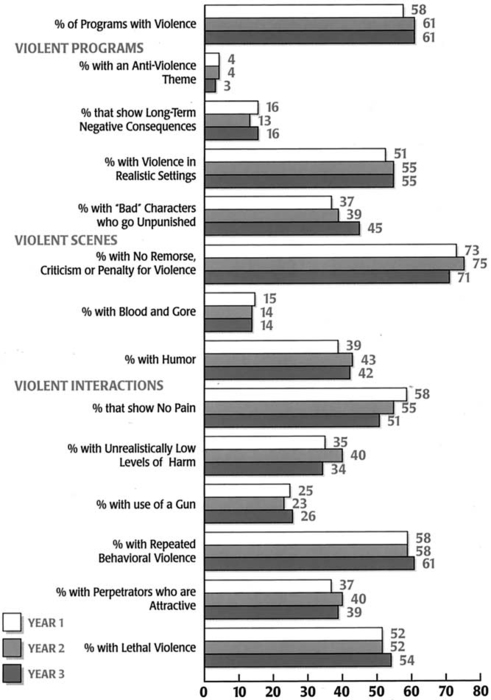
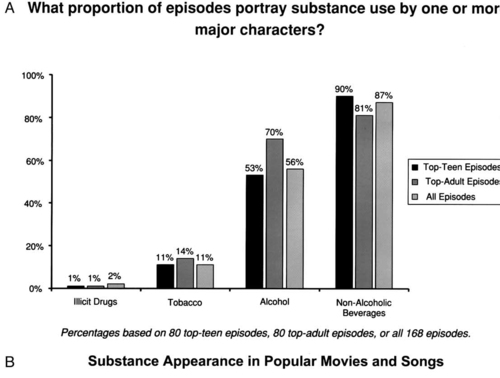
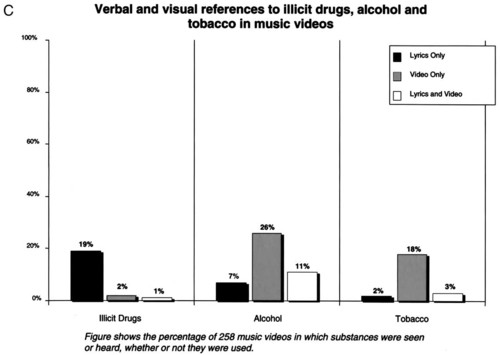
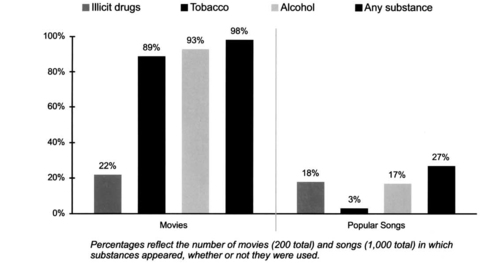
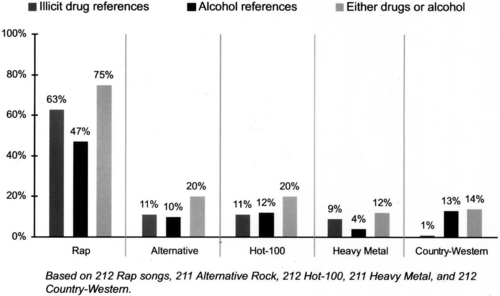
Since the Egregore absorbs pain fluxes and fear, strong
emotions and terror, bad thoughts and hate or disharmonic thinking, You
should pay attention and avoid opposition, conflictual positions
and take care about the system the Egregore uses to vampirize You and the
system.
Avoid watching the news and listening to lists of terrible things that are
happening all over the world. These condensations are lists of Demons, and
terrible inductions, that want to spread
memories of this kind all over the place, by giving terrible examples,
repeating them, and pushing others to do the same.
No similar efforth is made to give god examples and condensate them in 30
minutes, anywhere in the world at the moment in the media.
This is Kali Yuga, the dark age. Kalu kali kal Tskul = to BLACK.
Just think about the time table of the Egregore, and you will notice that
these emotions are food for this being, so you will have 3 main negative
fluxes every day, at New time,
breakfast one, supper and dinner ones, and a few snacks that nowadays last
only a few minutes, and condensate in even shorter time, all the negativity
they can concentrate on.
The information and news that are spread out all over the world, do not
depend in reality on what is really happening, but on the examples these
mediatic institutions would like to pass You,
and the kind of food the Egregore wants to eat.
Scientifically speaking, this being could and should be starved. It is a plague to mankind, and should be taxed, stopped and neutralized.
If You have never heard anything about a "tax on violence", it is because
Vampires, do exist, and would starve if We understood their subtle game.
The God they serve is a dark one, and has nothing to do with this world.
Absorption curves look like this...even though the frequencies are not
exactly what you can see in the chart.
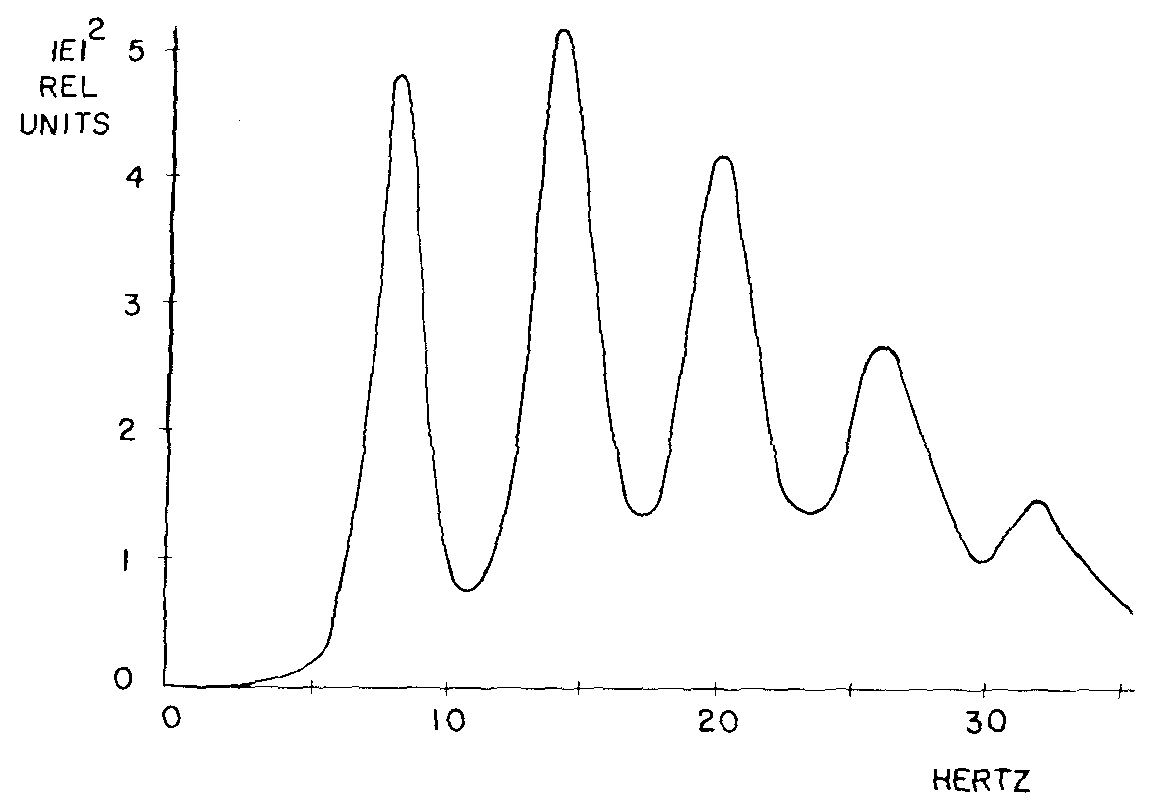
Addendum
4
Pictures
.jpg)
Samsara, The Wheel of Life, Karma and
Impermanence. How to deal with poison, immanent illusions and lower cycles....
Here are a few maps to reach the sky. Take care.
.jpg)
Do not underestimate the weight of
Desires... emotional effects are secondary, even Asuras and Devas, are subject
to the law of Karma... Be free... transcend and reach clarity, consciousness,
awareness and spiritual insight.
Wisdom and heart.
.jpg)
.jpg)
.jpg)
.jpg)
.jpg)
.jpg)
.jpg)
Love Wins
.jpg)
.jpg)
.jpg)
.jpg)
.jpg)
.jpg)
.jpg)
.jpg)
.jpg)
.jpg)
.jpg)
.jpg)
.jpg)
.png)
.jpg)

Jedi Path Metaphysical and
Alchemical Works
Written and compiled by Jedi Simon for personal and educationl
purpose.2023 All rights reserved.
by Jedi Simon and the authors of the included texts, images and drawings
recollected here to allow
a better and factual comprehension of concepts, topics, ideas and principles
involved in the process.
Many thanks to all the artists that partecipated
with their artworks to
open up these dimensions.
This is a temporary page created for the teaching.
Personal viewing and use only. Feel free to folow,
copy, share, and practice the "non violence" commandments.